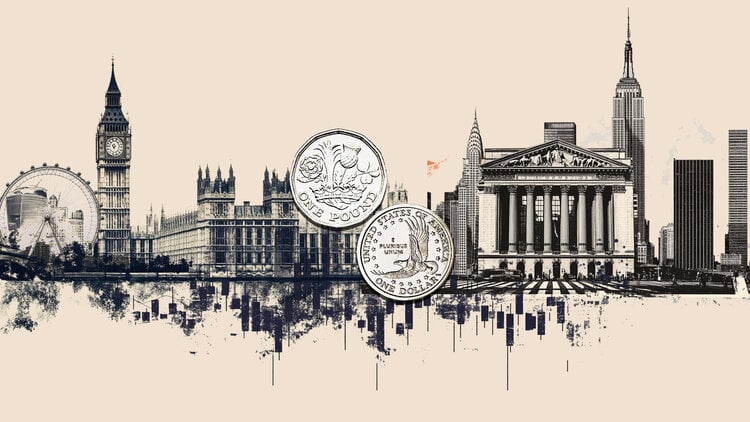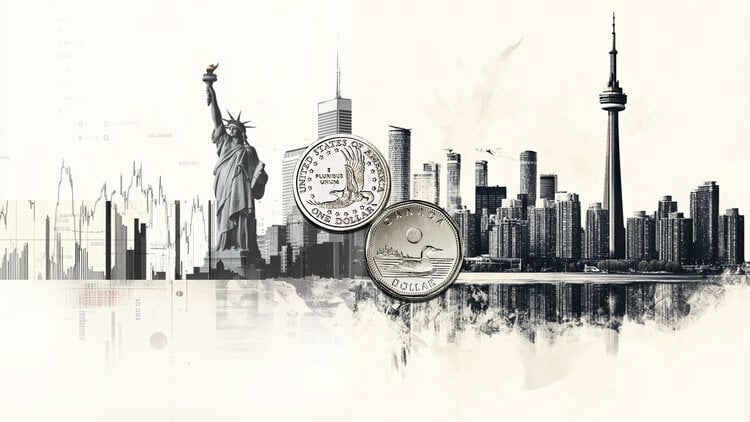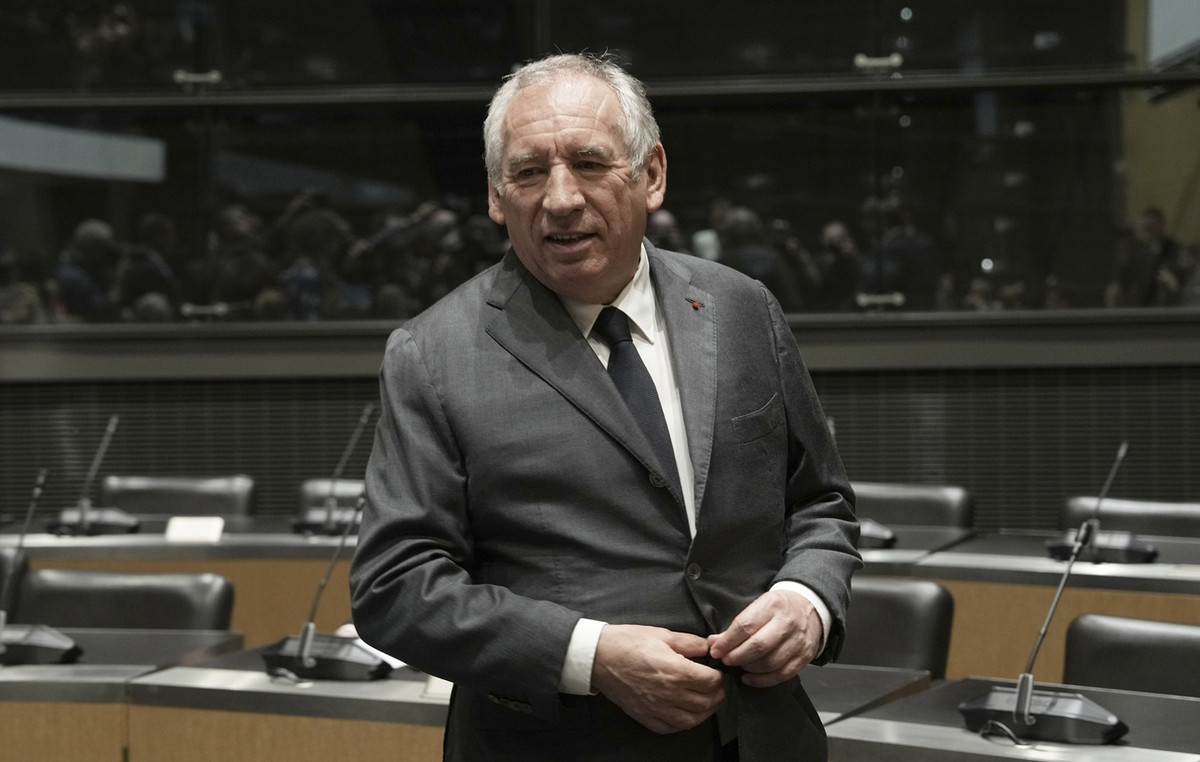An undersea volcano near Tonga has erupted for the third time in four days, potentially threatening the ability of surveillance flights to assess damage to the Pacific island nation following Saturday’s massive eruption and tsunami.
Australia’s weather service said a “major eruption” occurred at the Hunga-Tonga-Hunga-Ha’apai volcano on Monday, but no tsunami warning was issued.
Saturday’s eruption was likely the biggest ever recorded anywhere on the planet in more than 30 years, experts say. Dramatic images from space captured the eruption in real-time, as a massive cloud of ash, gas and steam spewed up to 20 kilometers into the atmosphere – and tsunami waves crashed across the Pacific.
On social media, footage showed people fleeing as waves flooded Tonga’s capital Nuku’alofa, and the afternoon sky turned very dark due to a heavy cloud of ash. Tsunami waves were also recorded thousands of kilometers away along the west coast of the United States, in New Zealand, Japan and Peru, where at least two people died after being swallowed by water.
It has not yet been reported whether there have been any reports of mass casualties, but aid organizations are concerned about contaminated air and access to clean water for people on the outlying islands of Tonga.
With communications disrupted, Australia and New Zealand sent flights to assess the damage.
Where is Tonga’s Hunga-Tonga-Hunga-Ha’apai volcano?
Tonga is a Polynesian country with more than 170 islands in the South Pacific and inhabited by about 100,000 people. It is a remote archipelago that lies approximately 800 kilometers east of Fiji and 2,380 kilometers from New Zealand.
The Hunga-Tonga-Hunga-Ha’apai volcano, located about 30 kilometers southeast of Fonuafo’ou island of Tonga, lies underwater between two small islands 2,000 meters high from the sea floor, with about than 100 meters visible above sea level.
The researchers said the volcano has erupted regularly over the past few decades.
In 2009, an eruption sent clouds of steam and ash into the air and formed new land above the water, and an eruption in January 2015 created a new island about 2 kilometers wide — finally uniting the islands of Hunga-Tonga and Hunga-Ha’apai.
The most recent eruption began in December 2021, with clouds of gas, steam and ash rising about 12 kilometers into the air. The volcano erupted again on January 14, and on January 15, a massive eruption sent shockwaves around the world and triggered tsunami across the Pacific.
Where did the tsunami hit?
The eruption caused a tsunami on Tonga’s largest island, Tongatapu, with waves recorded as high as 1.2 meters near the town of Nuku’alofa, hitting coastal roads and flooding properties on Saturday.
Tsunami warnings took effect in Pacific island nations including Fiji, Samoa and Vanuatu. Footage from the ground in Fiji shows people fleeing to higher ground in the capital, Suva, as large waves crash into the shore.
Tsunami warnings were also issued from parts of New Zealand, Japan and Peru to the United States and British Columbia Canada.
In Japan, Iwate Prefecture, in the northeast of the country, saw waves up to 2.7 meters and several smaller tsunamis were reported elsewhere, according to public television broadcaster NHK. As of Sunday afternoon, all tsunami warnings had been lifted in Japan.
The eruption also sent waves to the US west coast, some of them more than 3 and 4 feet tall (from 91 centimeters to 1.2 meters), according to the National Weather Service’s office in San Diego. Tsunami waves were felt in California, Alaska and Hawaii.
What’s happening to the ash cloud?
A gigantic cloud of volcanic ash covered Tonga over the weekend, darkening the afternoon sky and blanketing Nuku’alofa in thick volcanic dust on Saturday.
The non-governmental organization Save the Children said that drinking water supplies could be contaminated by ash and smoke, and that the immediate concern in Tonga is whether the air and water are safe.
The ash cloud was moving westward and by Sunday it was already visible over Fiji, Vanuatu and New Caledonia. On Monday, it arrived in Queensland, Australia, according to the state’s weather service.
“If you noticed a particularly impressive sunrise, it was the sunlight being scattered by the #volcanic ash from the eruption in #Tonga,” the Queensland Bureau of Meteorology posted on Twitter.
Ash prevented an Australian reconnaissance flight from departing to assess damage in the early hours of 17 January, but the flight managed to take off later that morning.
Several flights from Australia, New Zealand and Fiji to Tonga have been delayed due to the ash cloud.
Early data suggest the volcanic eruption was the biggest since the 1991 explosion at Mount Pinatubo in the Philippines, volcanologist Shane Cronin told Radio New Zealand.
“This is an eruption seen best from space,” Cronin said, according to Reuters.
“The massive, explosive lateral expansion of the eruption suggests that it was probably the largest since the Pinatubo eruption in 1991,” Cronin said.
What is the scale of devastation?
So far, there have been no reports of mass casualties in Tonga and the extent of the damage remains unknown as communications – particularly on the outlying islands – have yet to be re-established.
Tonga “needs immediate assistance to provide its citizens with clean water and food,” the country’s House Speaker Lord Fakafanua said in a statement posted on social media.
He said “many areas” were affected by “substantial volcanic ash”, but “the full extent of the damage done to lives and property is still unknown”.
New Zealand Prime Minister Jacinda Ardern said on 16 January that the tsunami waves had a “significant impact” on Nuku’alofa, with boats and large boulders washed ashore. “Stores along the coast have been damaged and significant cleanup will be required,” she said.
The main undersea communication cable was also impacted, likely due to the power outage.
Australian Minister for International and Pacific Development Zed Seselja said there had been “significant material damage” in Tonga, including roads and houses. He said there is still “very limited, if any” information coming from the outer islands.
The International Red Cross and Red Crescent Movement (IFRC) said its teams are on site and have enough supplies in the country to serve 1,200 families.
“From the few updates we have, the scale of the devastation could be immense, especially for the more distant islands,” said Katie Greenwood, head of the IFRC’s Pacific delegation, according to Reuters information.
The New Zealand Defense Force dispatched an Orion aircraft to Tonga on a surveillance mission to assess damage. Ardern said the country has committed an initial $340,000 in relief supplies, technical support and support for local responses.
Australia said it was preparing for additional support, with a plane loaded with humanitarian supplies, such as water and sanitation kits, ready to be delivered to Tonga as soon as conditions permitted.
China and the autonomous island of Taiwan said in separate statements that they were willing to provide assistance at Tonga’s request.
Contributors to this report are: Rhea Mogul, Alex Stambaugh, Hira Humayun, Eric Cheung, Jake Kwon, Aliza Kassim, Teele Rebane and Akanksha Sharma. Additional reporting information: Reuters.
This content was originally created in English.
original version
Reference: CNN Brasil
I’m James Harper, a highly experienced and accomplished news writer for World Stock Market. I have been writing in the Politics section of the website for over five years, providing readers with up-to-date and insightful information about current events in politics. My work is widely read and respected by many industry professionals as well as laymen.







